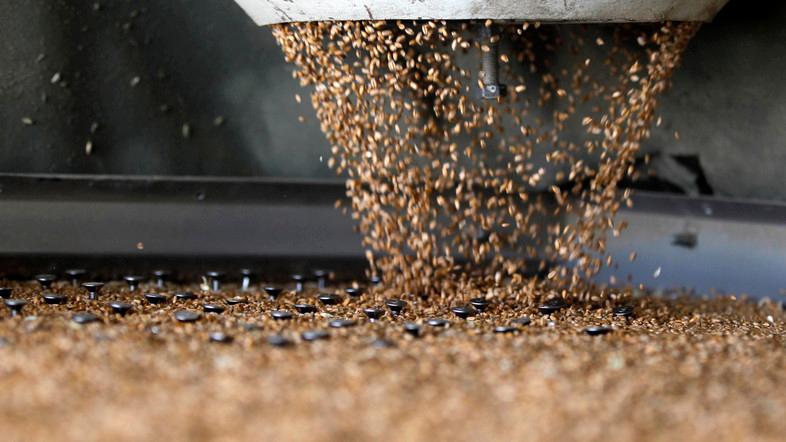
In a final explanation notice to the CFO, the managing director pointed out that payment to the flour mills was made without the consent of the USC payment committee and the MD himself.
“It is a sheer violation of service decorum,” he said. “It is financial misappropriation and irregularity on the part of the CFO which constitutes inefficiency, indiscipline and abuse of power rendering liable for disciplinary action under the USC service rules.”
USC is on the verge of financial collapse and the Pakistan Tehreek-e-Insaf (PTI) government has decided to shut it down by stopping all procurement of commodities. The ban on procurement has caused a constant decline in USC’s revenues.
USC sales have dropped to Rs49 billion from Rs94 billion a few years ago while its losses have crossed Rs4 billion.
According to officials, in such a situation, USC reviewed different proposals to steer itself out of crisis which included seeking a bailout package, cutting massive jobs and shutting down many utility stores.
They added that USC sought a Rs2.2-billion bailout package from the government to prop up the loss-making corporation. It is also working on a plan of closing 2,000 retail outlets and sacking 4,000 employees. USC provides daily-use commodities to the low-income group at discounted prices. It has 5,500 retail outlets across the country with 14,500 employees.
At present, USC has inventory worth Rs4.5 billion and its monthly sales are worth around Rs1 billion.
During tenure of the previous Pakistan Muslim League-Nawaz (PML-N) government, USC turned into a defaulter. Earlier, it was running as a profit-making enterprise during the rule of the Pakistan Peoples Party (PPP) government. Pakistan International Airlines and Pakistan Steel Mills have also been running on bailout packages for a long time due to billions of rupees worth of losses they have faced.
USC suffered a loss of Rs1.36 billion in the first quarter of financial year 2017-18 with negative equity of Rs1.808 billion and outstanding payment of Rs5.6 billion to vendors. Consequently, most of the vendors halted the supply of commodities to the corporation.
In 2010-11, USC reported a profit of Rs843.19 million and subsidy receipts amounted to Rs8.9 billion. Its profit dropped to Rs775.28 million in 2011-12 whereas the subsidy increased to Rs12.4 billion.
In 2012-13, the profit surged to Rs1.399 billion and the subsidy was also enhanced to Rs18.53 billion.
However, USC switched from profit to loss in 2013-14 and its loss stood at Rs202.32 million with subsidy of Rs12.544 billion. Its loss continued to swell and reached Rs3.94 billion in 2016-17. Sales also decreased from Rs68.91 billion to Rs57.91 billion in the year. The Ministry of Industries and Production blamed the loss on the inclusion of private-sector directors on the USC board who had no experience of working with such corporations.
Published in The Express Tribune, September 20th, 2018.
Like Business on Facebook, follow @TribuneBiz on Twitter to stay informed and join in the conversation.




1719660634-1/BeFunky-collage-nicole-(1)1719660634-1-165x106.webp)












COMMENTS
Comments are moderated and generally will be posted if they are on-topic and not abusive.
For more information, please see our Comments FAQ